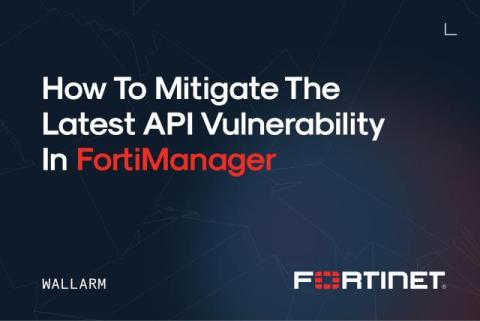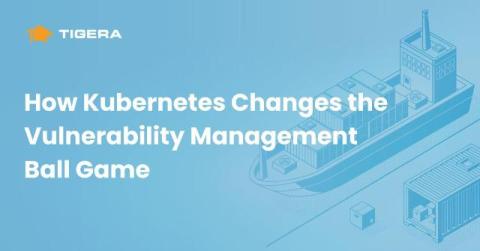Discovering Hidden Vulnerabilities in Portainer with CodeQL
Recently, we researched a project on Portainer, the go-to open-source tool for managing Kubernetes and Docker environments. With more than 30K stars on GitHub, Portainer gives you a user-friendly web interface to deploy and monitor containerized applications easily. Since Portainer is an open-source, we thought CodeQL, an advanced code analysis tool, be a good fit to check its codebase for any security issues.











